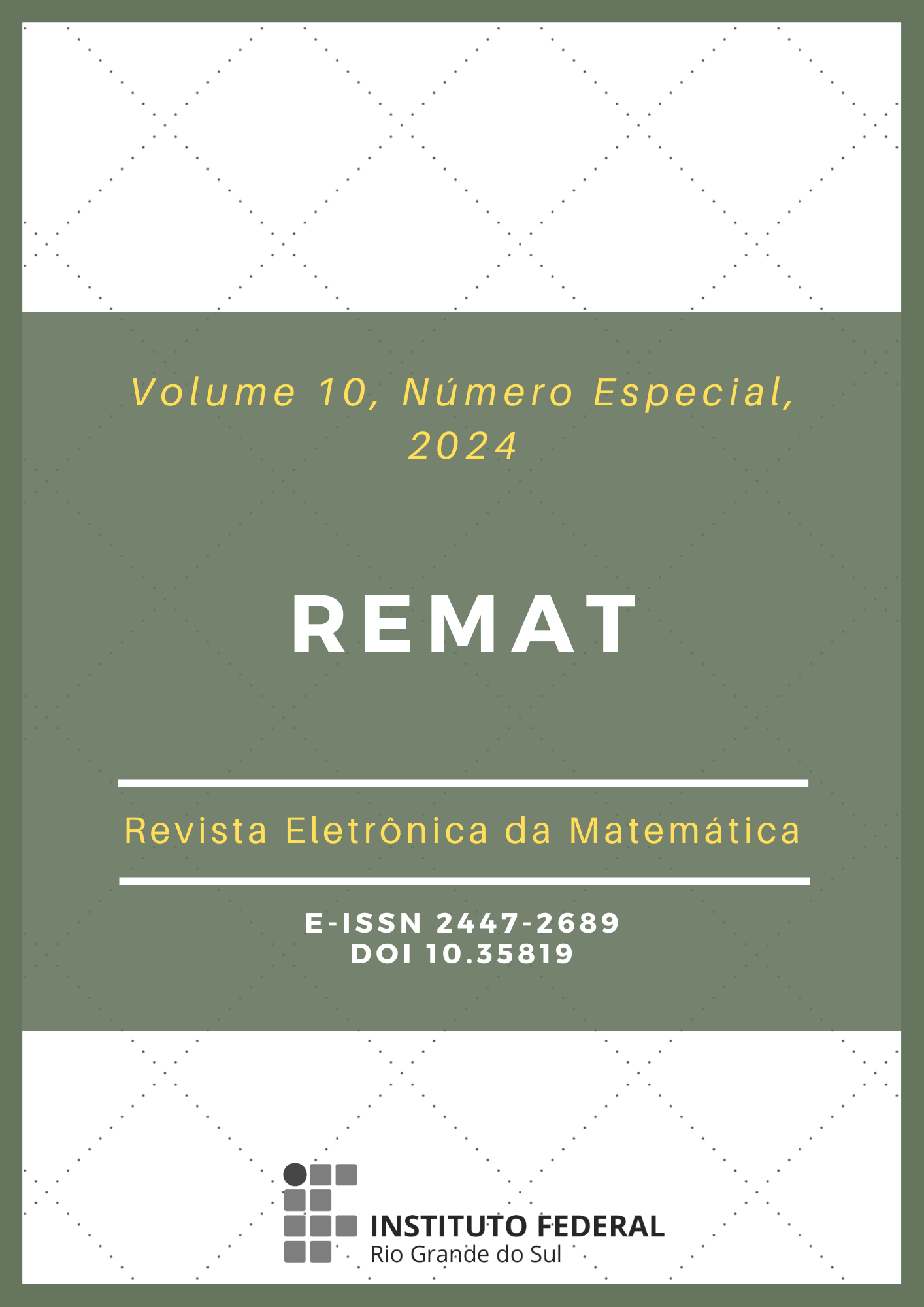Well-posedness and Exponential Stability for two Viscoelastic Beam Problems
DOI:
https://doi.org/10.35819/remat2024v10iespecialid7042Keywords:
semigroups, exponential stability, analyticityAbstract
In this article we studied the stability and regularity of a beam of length l composed of viscoelastic material in two situations: in the first, we consider the beam fixed at its ends; and in the second, the beam supported at its ends. The system is governed by an Euler-Bernoulli beam model with Kelvin-Voight type damping. We will use the Semigroup Theory to prove the existence and uniqueness of solutions, and the Pruss result to study the asymptotic behavior of the solutions of both models. Furthermore, we showed the loss of analyticity for the second model, which is also a relevant result, as it shows that the solutions are not analytical functions in relation to the time variable.
Downloads
References
ADAMS, R. A.. Sobolev Spaces. New York; San Francisco; London: Academic Press, 1975.
BREZIS, H.. Functional Analysis, Sobolev Spaces and Partial Differential Equations. Berlin: Springer, 2011.
CHRISTENSEN, R. M.. Theory of Viscoelasticity: An Introduction. 2. ed. [S. l.]: Elsevier. 1982. DOI: https://doi.org/10.1016/B978-0-12-174252-2.X5001-7.
LAKES, R.. Viscoelastic Materials. [S. l.]: Cambridge University Press, 2009. DOI: https://doi.org/10.1017/CBO9780511626722.
LIU, Z.; ZHENG, S.. Semigroups associated to dissipative systems. [S. l.]: Chapman & Hall/CRC, 1999.
PAZY, A.. Semigroups of Linear Operators and Applications to Partial Differential Equations. New York: Springer, 1983. v. 44. DOI: https://doi.org/10.1007/978-1-4612-5561-1.
Downloads
Published
Issue
Section
License
Copyright (c) 2024 REMAT: Revista Eletrônica da Matemática

This work is licensed under a Creative Commons Attribution 4.0 International License.
REMAT retains the copyright of published articles, having the right to first publication of the work, mention of first publication in the journal in other published media and distribution of parts or of the work as a whole in order to promote the magazine.
This is an open access journal, which means that all content is available free of charge, at no cost to the user or his institution. Users are permitted to read, download, copy, distribute, print, search or link the full texts of the articles, or use them for any other legal purpose, without requesting prior permission from the magazine or the author. This statement is in accordance with the BOAI definition of open access.













 https://orcid.org/0000-0002-0893-7426
https://orcid.org/0000-0002-0893-7426


















